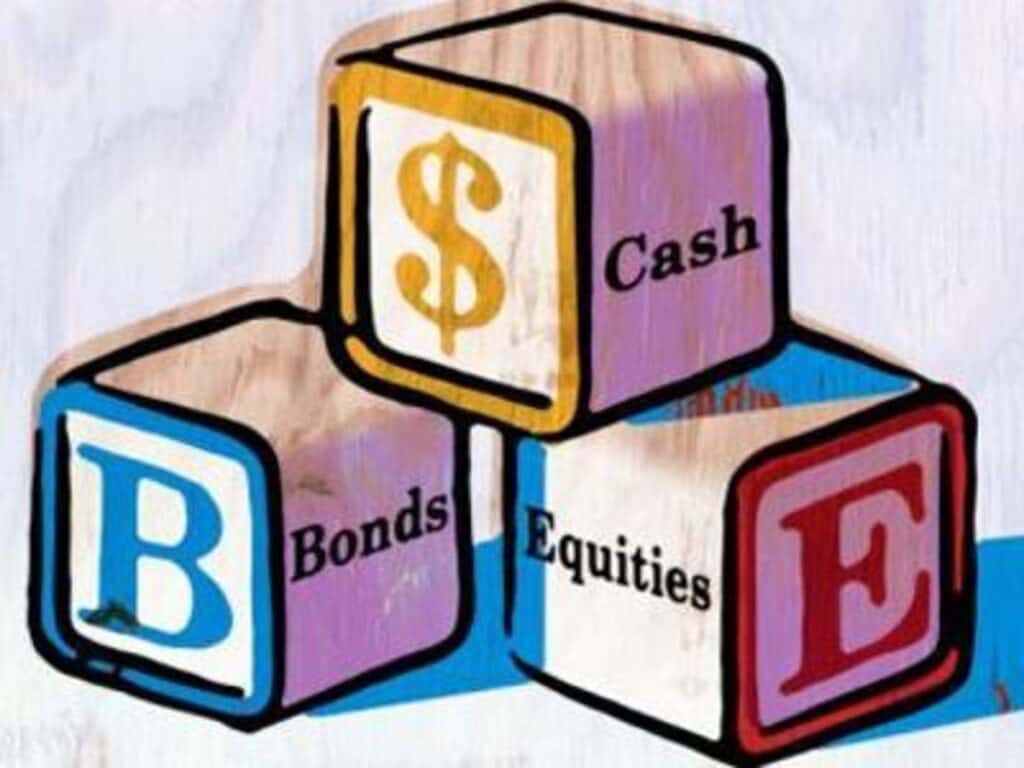Authored by PRIYA DUTT, 5th year student at NALSAR, Hyderabad
ABSTRACT
A terrible debt is one that cannot be paid back. Insolvency is defined as a condition in which a person or a business is unable to meet its financial commitments. In contrast, bankruptcy occurs when a court of competent jurisdiction declares a person or other entity insolvent and issues necessary instructions to rectify the situation and safeguard creditors’ interests. This article examines the long-standing issue of bad loans in the Indian banking sector and proposes a government-backed and well-structured Bad Bank instead of the existing ARCs to help the banking industry recover from its current predicament. The necessity for a bad bank stems from the rising number of bad loans, as well as the Covid-19 epidemic. The article’s second section focuses on flaws in the present Asset Resolution System as well as a lack of legal clarity. The existing function of ARCs in connection to the planned bad bank is also discussed in this section. Furthermore, this article discusses the difficulties that may arise while establishing a bad bank, as well as the issues of moral hazard, and offers strategies to address these issues.
Keywords: Bad Bank, NPA, ARC.

